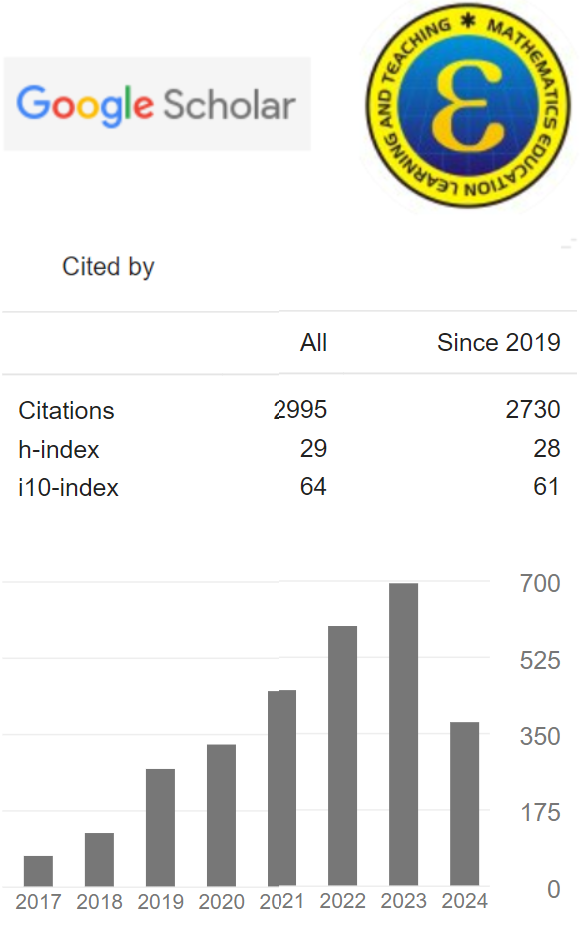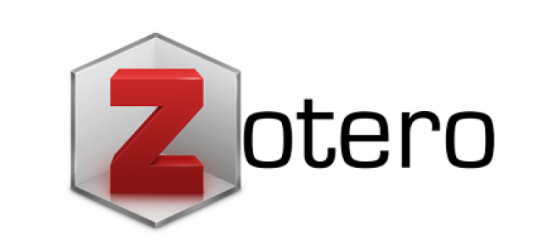The Effect of Learning Approaches and Student Learning Styles on Mathematical Reasoning Abilities
(1) Universitas 17 Agustus 1945
(*) Corresponding Author
Abstract
This study aims to determine the effect of learning approaches and learning styles on students' mathematical reasoning abilities. This research was a quasi-experimental research with a 2x2 factorial design which was conducted at the Wahidin Vocational School in Cirebom City involving a sample of 70 students from a population of 335 students of class X. Sampling was done by random sampling technique. The research instrument used in the form of tests of mathematical reasoning ability and learning style questionnaire. The collected data were analyzed using the two-way Anava test. Before the two-way anava test is tested, the analysis requirements test is the normality test and the variance homogeneity test. The results of this study are: (1) there is a difference in the effect of the RME learning approach and science on students' mathematical reasoning abilities; (2) There are differences in the influence of kinesthetic learning styles, and visual on students' mathematical reasoning abilities; (3) There is no interaction between learning approaches and learning styles.
Keywords
Full Text:
PDFReferences
Baldwin, A. L. (1904). Theories of child development. New Jersey: Wiley.
Carin, A. A., & Sund, R. B. (1970). Teaching science through discovery. Indiana: CE Merrill Publishing Company.
Ebner, M. (2015). Mobile Learning and Mathematics. Foundations, Design, and Case Studies. London: Routledge
D'Amico, J., & Gallaway, K. (2010). Differentiated instruction for the middle school science teacher: Activities and strategies for an inclusive classroom (Vol. 3). John Wiley and Sons.
Faisal, M. P. Sukses Mengawal Kurikulum 2013 Di SD. Yogyakarta: Diandra Creative
Fraenkel, J. R., Wallen, N. E., & Hyun, H. H. (2011). How to design and evaluate research in education. New York: McGraw-Hill Humanities/Social Sciences/Languages.
Gilakjani, A. P. (2012). Visual, auditory, kinaesthetic learning styles and their impacts on English language teaching. Journal of studies in education, 2(1), 104-113.
Ghufron, M. N., & Risnawita, R. (2012). Gaya Belajar kajian teoritik. Yogyakarta: Pustaka Pelajar.
Gunhan, B. C. (2014). A case study on the investigation of reasoning skills in geometry. South African Journal of Education, 34(2), 1-19
Gravemeijer, K. P. (1994). Developing realistic Mathematics Education (Ontwikkelen van realistisch reken/wiskundeonderwijs).
Hadi, S. (2005). Pendidikan Realistik dan Implementasinya.
Pritchard, A. (2009). Ways of learning: learning theories and learning styles in the classroom. UK: David Fulton Publish.
Rahmawati, I. T. Pengaruh Gaya Belajar Bahasa Terhadap Prestasi Belajar Bahasa Arab Kelas VII Semester II di MTsN Galur. Skripsi Sarjana Pendidikan Bahasa Arab Fakultas Tarbiyah dan Keguruan Universitas Islam Negeri Sunan Kalijaga
Rizqi, N. R., & Surya, E. (2017). An Analysis Of Students’ Mathematical Reasoning Ability In VIII Grade Of Sabilina Tembung Junior High School. International Journal Of Advance Research And Innovative Ideas In Education (IJARIIE), 3(2), 2395-4396
Slameto, (2003). Belajar dan Faktor-faktor yang Mempengaruhinya. Jakarta: Rineka Cipta.
Sugiyono. 2012. Metode Penelitian Pendidikan Pendekatan Kuantitatif, Kualitatif, dan R&D. Bandung: Alfabeta.
Syah, Muhibbin (2009). Psikologi Pendidikan Suatu Pendekatan Baru. Bandung: Remaja Rosdakarya
Making, S. (2009). Focus in high school mathematics: Reasoning and sense making.
Tipps, S., Johnson, A., & Kennedy, L. M. (2011). Guiding children's learning of mathematics. San Francisco Cengage Learning.
DOI: 10.24235/eduma.v8i2.5344
Article Metrics
Abstract view : 105 timesPDF - 45 times
Refbacks
- There are currently no refbacks.
Copyright (c) 2022 Eduma : Mathematics Education Learning and Teaching


.png)










